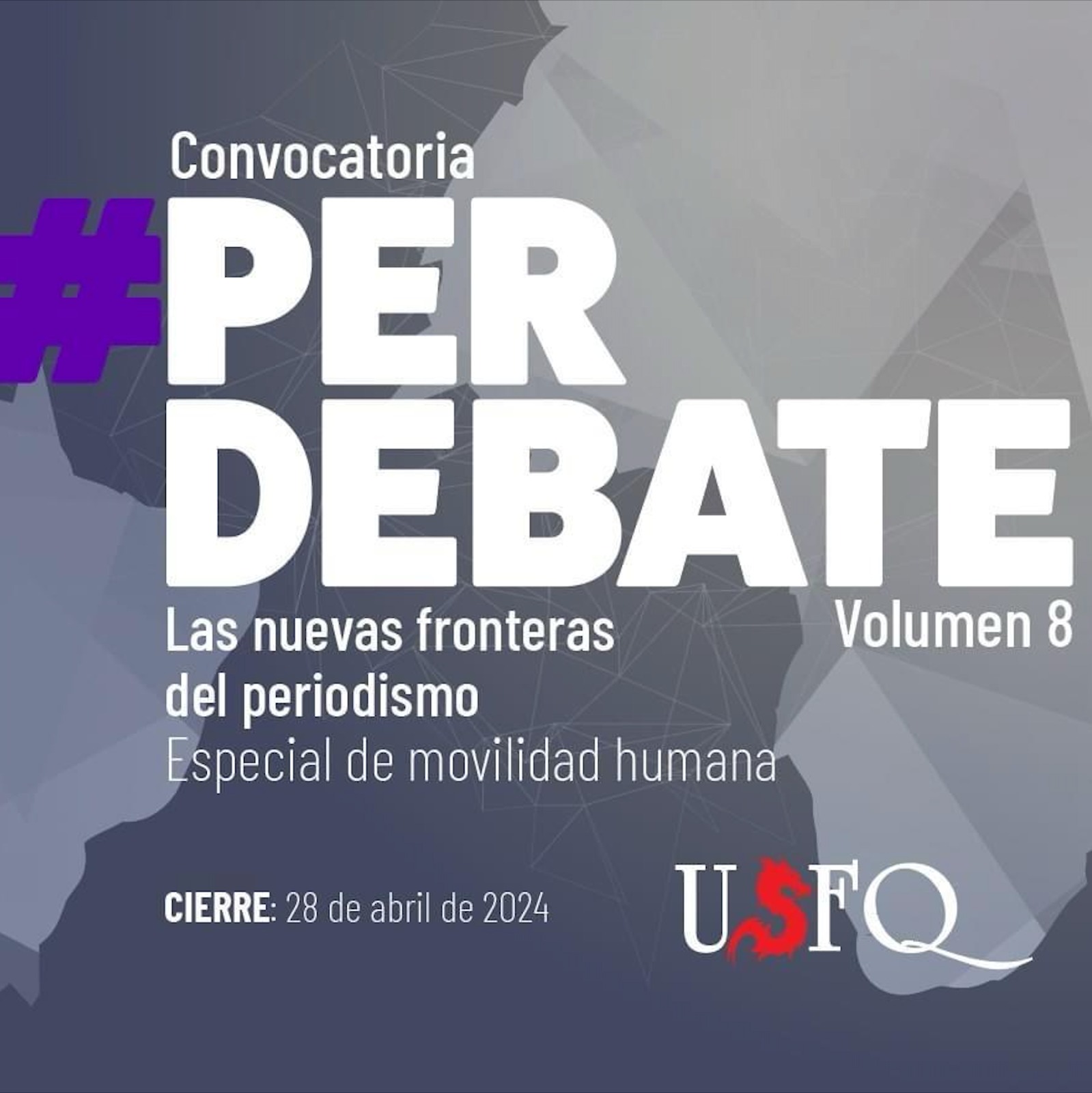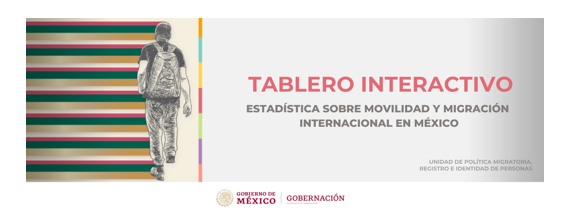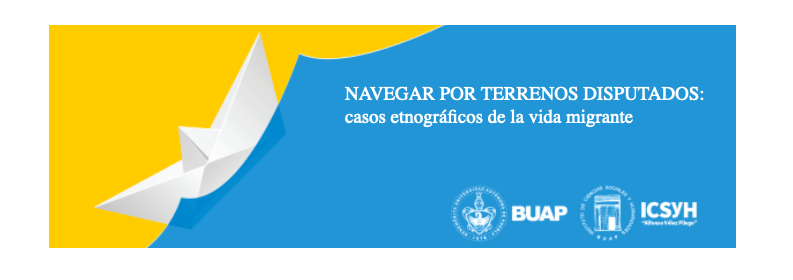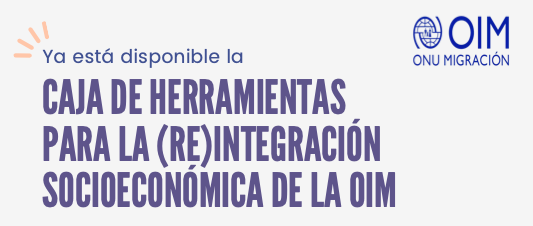|
(Please circulate to anyone you think might be interested.)
The Middle East currently is both the source and recipient of the largest numbers of refugees and internally displaced persons globally. While Syria and Yemen are at the core of the largest-scale displacements at the moment (with the Syrian crisis now in its seventh year), there is significant displacement in and from other countries too, as well as situations of protracted displacement throughout the region. Whether they bring costs or opportunities, all those who are displaced are in need of protection.
This issue of FMR will look at what can be learned from the region's experience, the question of responsibility sharing, and the relationship between addressing displacement and securing sustainable peace. It will examine the challenges that need to be met in order to protect internally displaced people, refugees, asylum seekers and stateless people.
FMR provides a forum for practitioners, advocates, policymakers, researchers and those directly affected by the issues to share experience, debate perspectives and offer recommendations. More information about the proposed scope of the issue is available in the expanded call for articles at www.fmreview.org/middle-east.
In particular, the FMR Editors are looking for practice-oriented submissions, reflecting a diverse range of experience and opinions, which address questions such as the following:
- How have the protection needs of displaced people in the Middle East changed in recent years?
- What have been the effects of Syria's war and displacement on refugees and IDPs in other countries in the region?
- How has the Syrian crisis affected the power balance in the Middle East? How has displacement affected the stability of countries in the region? And what prospects are there for durable solutions for displaced people in the region?
- How are specific protection risks faced by different groups of refugees being addressed by host governments and humanitarian actors?
- In which specific ways do the gendered dynamics of conflict and displacement manifest themselves in the region? How should the understanding of these dynamics inform strategies and responses?
- How do local, regional and international responses to displacement in the Middle East affect each other positively or negatively?
- What have been the implications for the countries involved that have not signed the Refugee Convention or its Protocol?
- Have assistance and protection programmes of 'traditional' and non-traditional humanitarian actors been appropriate? Have non-traditional donors brought new approaches?
- What humanitarian responses and development approaches have there been, particularly in situations of protracted displacement, and how effectively have they interacted? What potential is there for more effective, coordinated approaches between humanitarian and development actors?
- What civil society initiatives are there to support and protect displaced people?
- How have host communities dealt with and responded to displacement? How have relations or tensions between the displaced and their 'hosts' affected both groups?
- How are refugees and host populations coping with the costs and impacts of displacement in terms of livelihoods, housing, employment and food security?
- What are the economic impacts of displacement and what economic interventions are being put in place to address them?
- What are the policies of regional governments related to job creation and economic support for or integration of displaced people?
- What are the dimensions of displacement from causes other than conflict?
- What are the causes of new incidences of statelessness within the region, and in what ways can these be addressed and mitigated?
- What are the main approaches in conflict mitigation for the region, and how could they be more effective?
- How can refugees and IDPs be included in peacebuilding efforts and negotiations? What can be learned in this regard, and in regard to the involvement of women, from other peace negotiations and other peace agreements, including outside the region?
- Are the needs and aspirations of specific potentially vulnerable groups among the displaced populations - such as women and girls, children and young people, the elderly, people with disabilities - being taken into consideration both in responses and in peace process involvement?
Maximum length: 2,500 words.
Deadline for submission of articles: Monday 23rd October 2017
If you are interested in contributing, please email the Editors at
Esta dirección de correo electrónico está siendo protegida contra los robots de spam. Necesita tener JavaScript habilitado para poder verlo.
to discuss your ideas for an article.
Please also consult our guidelines for authors at www.fmreview.org/writing-fmr before beginning to write your article. We are a small team with limited capacity, so if you follow these guidelines it will help us considerably.
Please note that we also welcome articles on other subjects relating to forced migration for consideration for publication in the 'general articles' section of the issue.
If your contact details have recently changed, or if you would like us to remove you from our email alerts list, please let us know. Thank you.
With our best wishes
Marion Couldrey & Jenny Peebles
FMR Editors
Esta dirección de correo electrónico está siendo protegida contra los robots de spam. Necesita tener JavaScript habilitado para poder verlo.
Follow FMR on Facebook and Twitter
|








